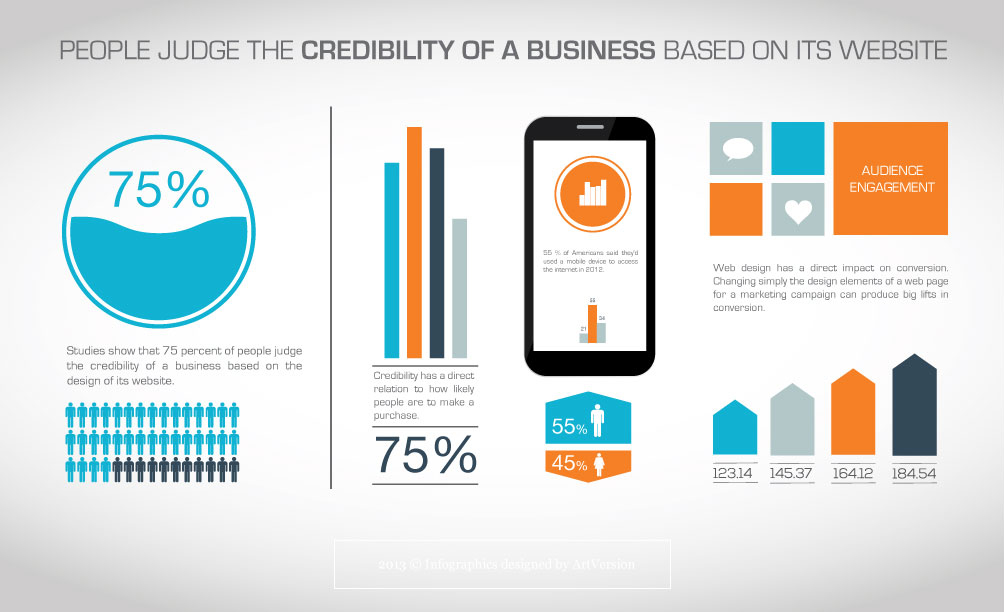Fascinated In Learning Exactly How Site Design Has Transformed For Many Years? Explore The Progression From Basic, Straightforward Styles To User-Centered Methods That Focus On The Needs And Preferences Of On-Line Visitors
Fascinated In Learning Exactly How Site Design Has Transformed For Many Years? Explore The Progression From Basic, Straightforward Styles To User-Centered Methods That Focus On The Needs And Preferences Of On-Line Visitors
Blog Article
Authored By-Lamb Dodson
In the past, internet sites were straightforward and focused on details. Navigating was direct, and style was for desktops. Now, customer experience is vital. Data overviews designs for easy navigation. Responsive formats fit various devices. Today, dark mode minimizes stress, and minimalist menus improve navigating. Interactive functions involve users, and vibrant visuals stick out. AI integration increases involvement. See just how design has actually advanced to enhance your on-line trip.
Early Days of Website Design
In the early days of website design, simplicity preponderated. Sites were basic, with restricted shades, typefaces, and formats. The focus was on supplying information instead of fancy visuals. Customers accessed the web through slow-moving dial-up connections, so rate and functionality were crucial.
Navigation food selections were straightforward, generally located at the top or side of the web page. Websites were made for desktop, as mobile browsing had not been yet prevalent. Web content was king, and designers prioritized simple readability over complex design aspects.
HTML was the key coding language utilized, and designers needed to work within its restrictions. Computer animations and interactive functions were very little compared to today's requirements. Sites were fixed, with little dynamic material or customized individual experiences.
Increase of User-Focused Design
With the evolution of internet site style, a shift in the direction of user-focused style principles has become progressively famous. Today, creating sites that focus on individual experience is vital for involving visitors and attaining service goals. User-focused layout includes recognizing the requirements, choices, and actions of your target audience to tailor the website's design, material, and features appropriately.
Designers currently conduct comprehensive study, such as customer studies and functionality testing, to gather understandings and feedback directly from individuals. This data-driven technique aids in developing intuitive navigating, clear calls-to-action, and visually attractive interfaces that reverberate with visitors. By positioning the individual at the facility of the layout procedure, websites can provide a much more tailored and delightful experience.
Receptive design has likewise emerged as an essential facet of user-focused design, ensuring that sites are enhanced for various gadgets and display sizes. This adaptability boosts access and use, accommodating the varied ways customers interact with websites today. Basically, the rise of user-focused style symbolizes a shift in the direction of producing electronic experiences that prioritize the requirements and expectations of completion individual.
Modern Trends in Web Design
Discover the current trends forming web design today. One noticeable trend is dark mode design, offering a smooth and contemporary look while lowering eye pressure in low-light atmospheres. Another crucial pattern is minimal navigating, simplifying food selections and enhancing customer experience by focusing on essential elements. Integrating micro-interactions, such as computer animated buttons or scrolling impacts, can create an extra appealing and interactive website. Receptive design remains critical, guaranteeing seamless individual experiences across various gadgets. In addition, utilizing vibrant typography and unbalanced designs can add aesthetic passion and draw attention to certain content.
Incorporating AI technology, like chatbots for customer assistance or customized referrals, boosts user interaction and enhances processes. Availability has likewise become a considerable pattern, with developers focusing on inclusive style methods to satisfy diverse user needs. Accepting sustainability by enhancing site performance for rate and effectiveness is an additional emerging trend in web design. Collaborating with customer feedback and information analytics to iterate and enhance layout continuously is important for remaining relevant in the ever-evolving electronic landscape. By accepting these contemporary fads, you can create an aesthetically attractive, straightforward website that reverberates with your audience.
Conclusion
As you review the development of website layout from the very early days to now, you can see how user-focused style has actually ended up being the driving force behind modern-day trends.
Welcome https://httpswwwaccuracastcomserv53197.bloggerswise.com/36587354/unlock-the-keys-of-luring-regional-clients-via-regional-search-engine-optimization-strategies-however-don-t-undervalue-the-global-allure-of-standard-seo-discover-the-vital-distinctions of adjustment and adaptation in website design, always keeping the user experience at the leading edge.
Remain existing with the latest trends and technologies, and never quit progressing your strategy to develop aesthetically sensational and straightforward websites.
best minimalist websites , adapt, and develop - the future of web design is in your hands.
